Sensitive content
This site contains sensitive content that includes references to sexual violence.
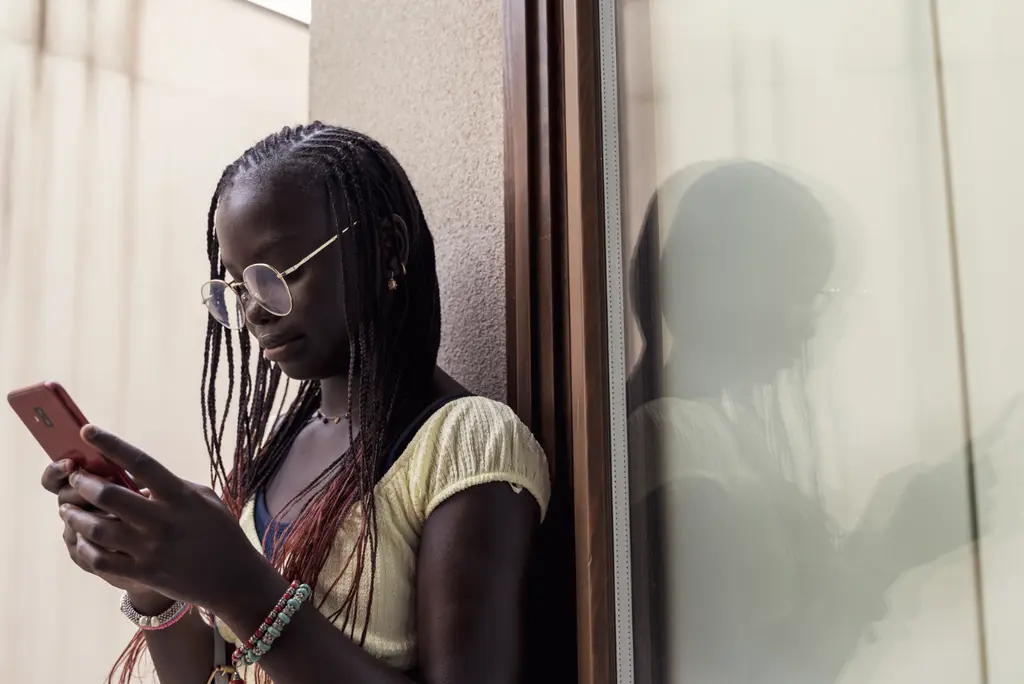
Young people are the most active online, so they should have a say in shaping the digital world we live in. With the G20 Summit approaching, world leaders have the power to involve youth in co-creating solutions to digital safety.
"When young people are given a chance to lead, their care, ability and creativity to find solutions is powerful."
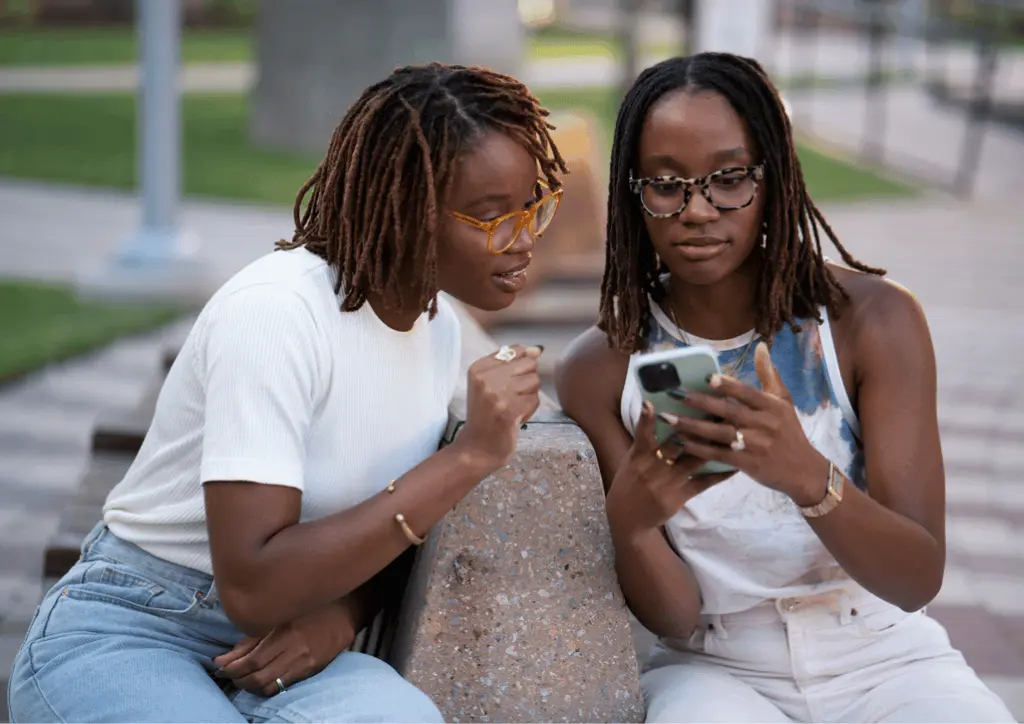
In South Africa, where I’m from, one of the main threats to online safety is limited digital literacy among both children and their caregivers. Many young people are active online but lack the skills to recognize unsafe situations, such as scams, grooming attempts, or misinformation. At the same time, parents often don’t have the tools or understanding to guide or monitor their children’s digital lives effectively.
Another major issue is mental health impacts linked to social media use. We’re seeing increasing cases of anxiety, low self-esteem, and body image issues among adolescents, especially as they compare themselves to idealized versions of others online.
Additionally, exposure to harmful content, such as violence, hate speech, or extremist ideologies, is becoming more common, especially as algorithms push harmful or provocative content.
Addressing these issues requires digital education in schools, parent engagement, and platform accountability. Focusing on the risks, but also on empowering young people to use technology safely and positively.
"South Africa is hosting the G20 Summit this November, the first time it has been hosted by an African country. It has the potential to become a pivotal moment for global online safety if governments listen to youth and take action to keep them safe online."
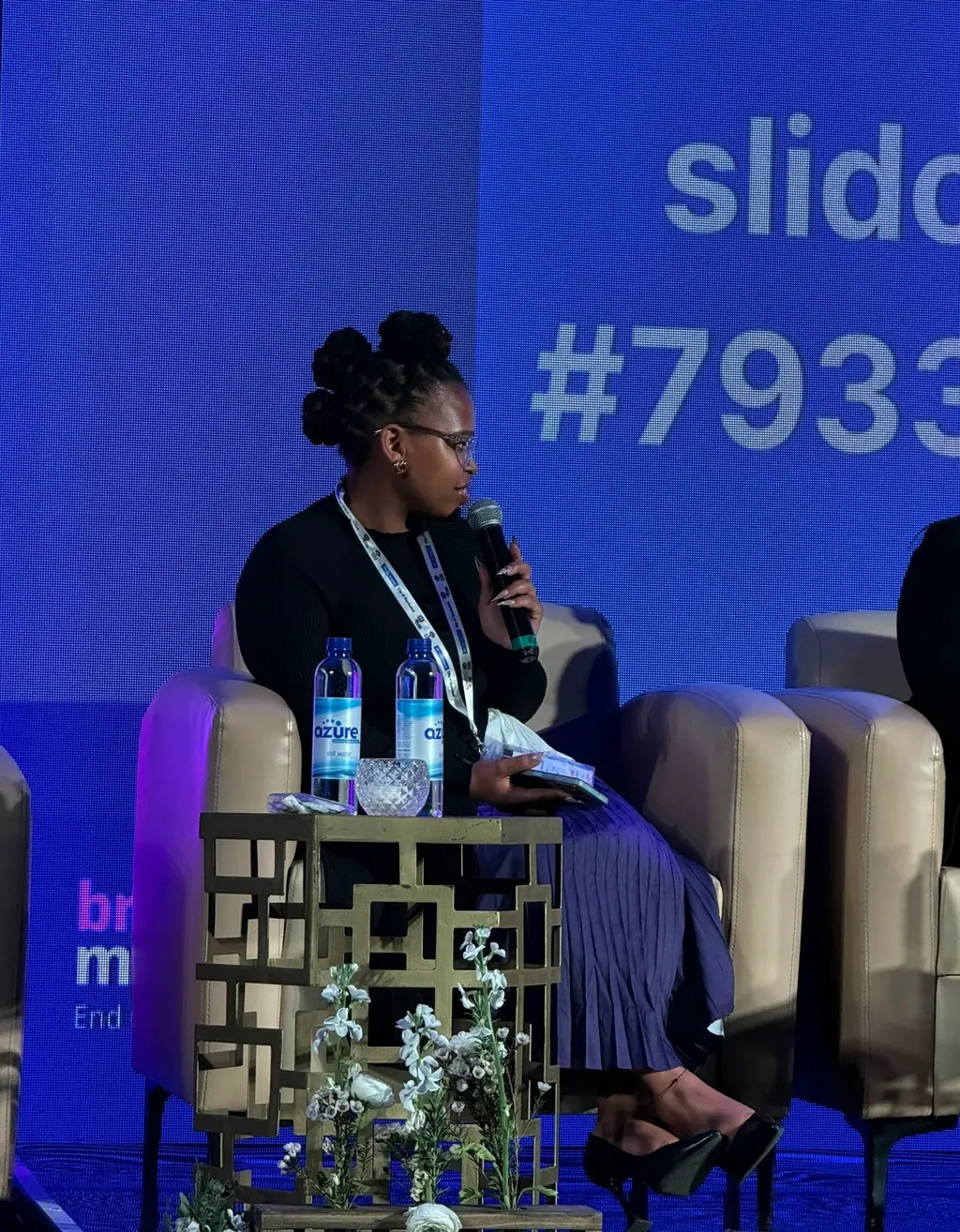
As a young advocate, I’m focused on raising awareness and promoting digital safety among my peers. I’ve been involved in workshops, school talks, and online campaigns where we talk about issues like cyberbullying, online privacy, and how to recognize and report harmful content. I try to ensure these conversations are relatable and peer-led, so young people feel comfortable asking questions and sharing their experiences.
I also use social media to share helpful tips on digital safety and mental health, and I encourage open conversations about the challenges we face online. Small actions, like calling out harmful behavior or supporting a friend who is being bullied, can make a big difference.
In my community, I’ve seen other youth groups taking action too. Some are running online campaigns to stop cyberbullying, others are working with schools to include digital literacy in the curriculum. There are even peer mentorship programs where older students help younger ones stay safe and confident online.
Seeing how much young people care and how creative we can be when we’re given the chance to lead is inspiring.
Youth should be directly involved in conversations about online safety, not just as recipients of guidance, but as active partners and change-makers.
Young people are often more tech-savvy than adults, and they understand the platforms, trends, and challenges better. So, instead of top-down approaches, we need to co-create solutions with them, through peer-led initiatives, youth advisory boards, digital ambassador programs, or even youth-centered campaigns on platforms they already use.
In addition, building digital literacy and critical thinking skills is key. When youth understand how algorithms work, how misinformation spreads, and how to protect their privacy, they are far more likely to engage responsibly and help others do the same.
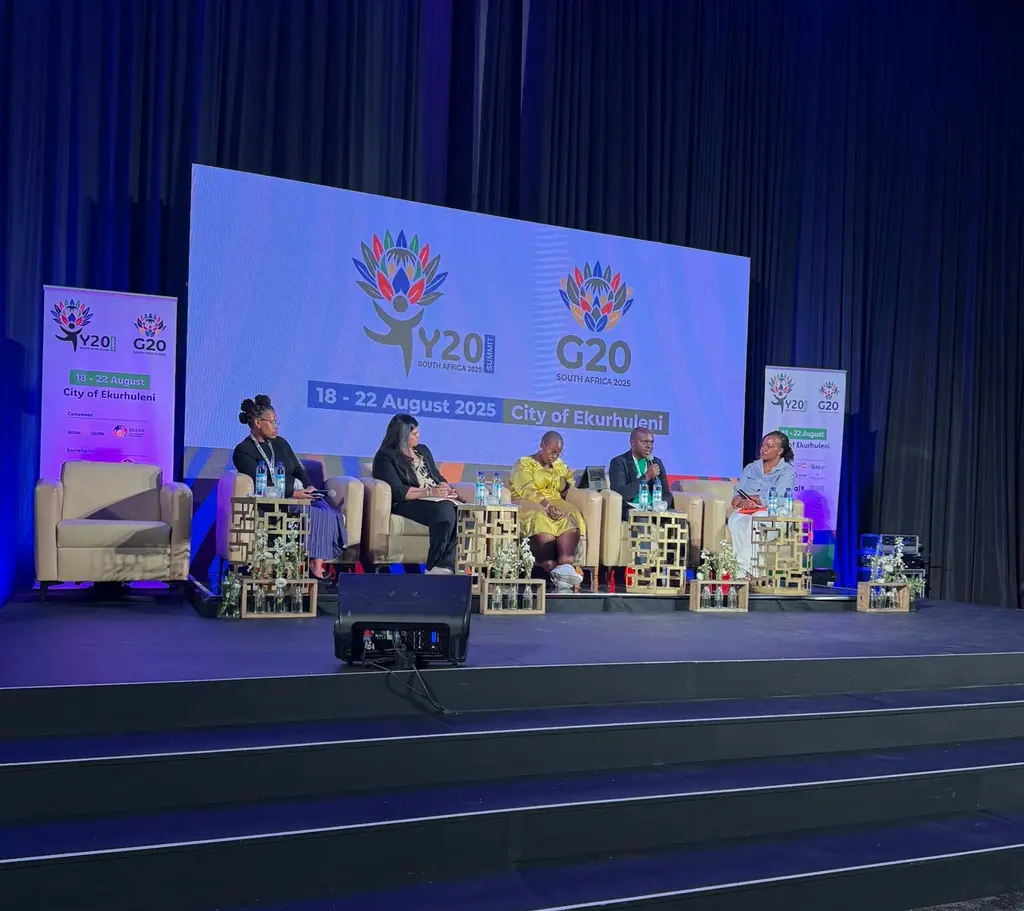
Finally, it’s essential to create safe, non-judgmental spaces for open discussion. Youth need to feel they can talk about their online experiences without fear of punishment or shame. This openness builds trust and encourages proactive behavior in reporting issues, supporting peers, and promoting positive digital habits.
We must respect youth voices, build their skills, and empower them to lead by example. Youth inclusion in decision-making is critical for any of these measures to be effective.
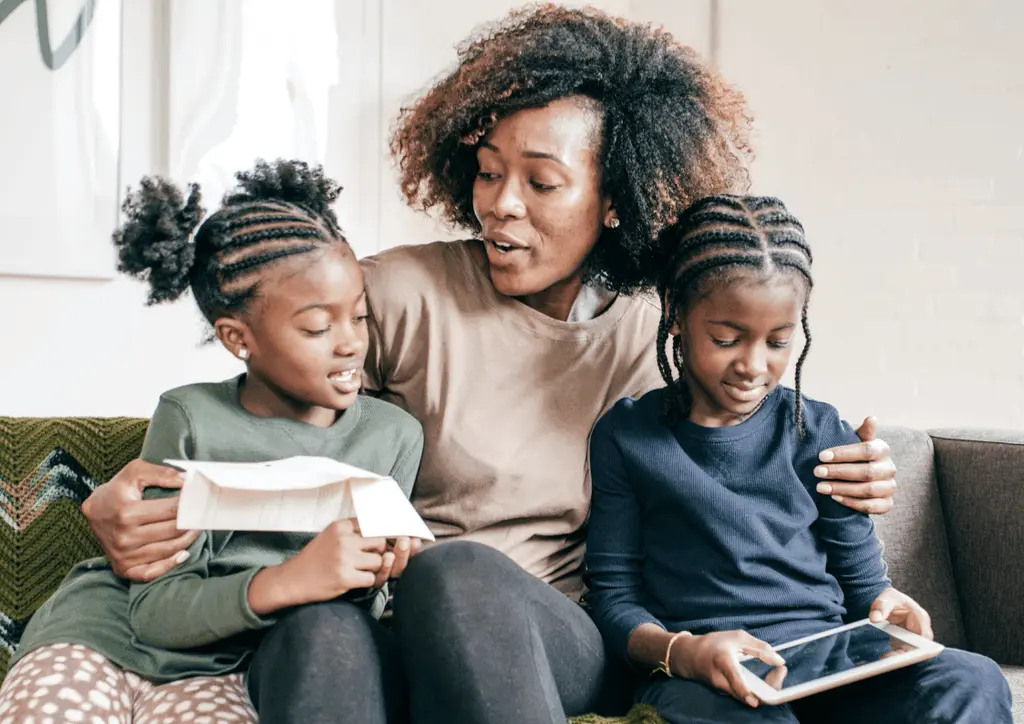
If I could speak directly to policymakers attending the G20 Summit in South Africa this November, I would ask them to take urgent action to implement tougher regulations on tech platforms, increase funding for prevention and support services, and global cooperation to combat child sexual abuse material.
Youth inclusion in decision-making is critical for any of these measures to be effective. Young people are the most active online, so we should have a say in shaping the digital world we live in. Whether it’s online safety, digital rights, or access to technology, our voices need to be heard not as equal partners, not just an afterthought.
The Summit must generate real investment in bridging the digital divide, so that all young people—regardless of where they live—can access the internet safely, affordably, and with the skills to thrive. Most importantly, governments must listening to survivors, youth and children in shaping solutions that truly make a difference.
"To end childhood sexual violence, we need action: protect children online, hold perpetrators accountable, support survivors, and let youth voices lead."
